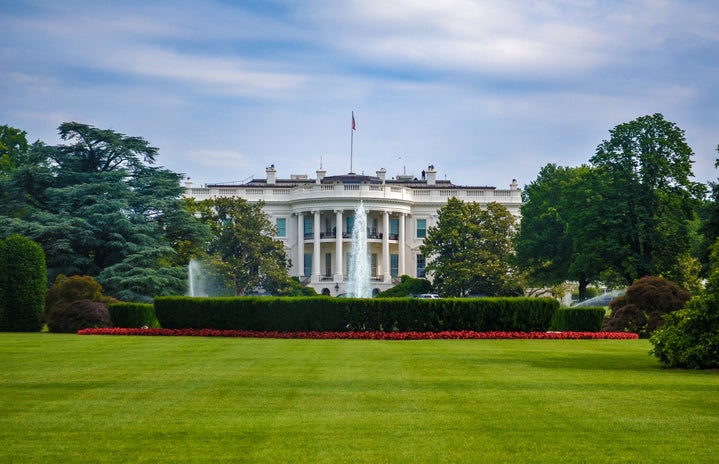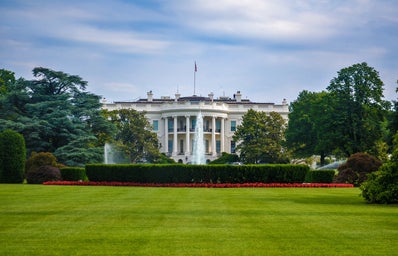With the November presidential election rapidly approaching, the time is almost upon us as citizens of the United States to make a very important decision. Voting is both a right and a duty, one we are privileged to have—but unfortunately, voter turnout in this country is relatively low compared to what it could be. The 2012 presidential election saw voter turnout rates hovering around 61.8%; in comparison, most developed countries see turnout rates that exceed 80%.
So why don’t U.S. citizens vote like those of other nations? The answer to this question is multifaceted and can be attributed to many different sources. To begin, we must look at the logistics of our elections: they are held on a Tuesday, while most other nations hold theirs on Sundays and declare them a national holiday. For those who are paid on an hourly schedule, taking time off to vote is sometimes impossible.
There is also a widespread belief that an individual’s vote does not count for anything, and although we do need people to vote, it is unlikely an individual vote will determine anything. For those in states like Rhode Island or Wyoming, where electoral votes are gained with comparatively few individual votes, your vote matters more; but in states like California, it’s easy to see why some people think voting is useless.
Education is also a factor in who turns out to vote. Those with a college degree are much more likely to hit the polls, but teenagers and college students themselves have an infamously bad track record when it comes to fulfilling civic duties. In 2012, only 38% of 18-24 year olds voted, down from 44% in 2012 (the lowest percentage of any age demographic).
Those states with highly publicized primary elections, like New Hampshire and Iowa, also have higher turnout rates during the presidential election because candidates often campaign in those states throughout the year. Despite common misconceptions, however, neither of these states have the single highest voter turnout. The state with the most voters is—ready, wait for it—Minnesota.
The list reads like this:
- Minnesota—74.5%
- Wisconsin—73.0%
- Maine—70.8%
- New Hampshire—69.8%
- Iowa—69.6%
So what is Minnesota’s secret? There are two main reasons people show up in this state, and the first has to do with the fact that they have a caucus system, which generates publicity and fanfare and drives people to the polls when November rolls around. The second reason, and what I think should be implicated in all 50 states, is that they have a same-day voter registration system. Only 71% of voting age citizens are actually registered to vote, but in states like Minnesota you can leave your house unregistered and still be able to vote later on in the day.
Being unregistered is an unnecessary obstacle standing in many people’s way of fulfilling a necessary duty. People already don’t vote in the quantities that they should, and adding additional barriers is the last thing we need. We need to make voting as easy and painless as possible, and allowing people to register on the same day as the election—a tactic that has been shown to increase turnout by 7-14%—could be a step in the right direction.


